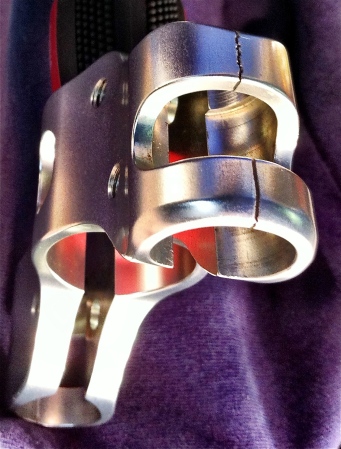
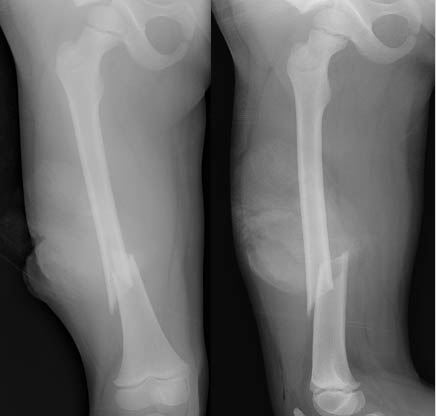


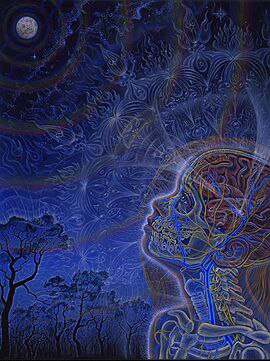
By Alex Grey
Stress is insidious and tenacious, and can fracture many things very effectively, material and immaterial alike.
Mood. Confidence. Mind.
Chemistry. Memory. Time.
Will. Power. Karma.
We all have the capacity for both acute and chronic stress. Acute stress is transient and useful: it triggers excitement, energy, the “fight or flight” response for self-preservation, and quickly sharpens mental focus. Chronic stress is self-destructive and serves no physiologic advantage or practical purpose. Unlike acute stress, chronic stress isn’t transient; rather, it is repetitive and lasting, sometimes starting in childhood. Both stresses release the stress hormones adrenaline, cortisol, and glucocorticoids, all beneficial in the immediate term, but toxic chemistry longterm.
Physical damage, namely, atherosclerosis, coronary artery disease, a weakened immune system, and brain cell destruction in the hippocampus that impairs memory and learning, are all effects of longterm swimming in chronic stress hormones. Further damage from chronic stress includes dulling of the senses, chronic fatigue, apathy, pain, suffering, and severe reactive depression, a longterm result of chronic stress depleting dopamine, a neurotransmitter that many anti-depressants and some pain medicines work to increase.
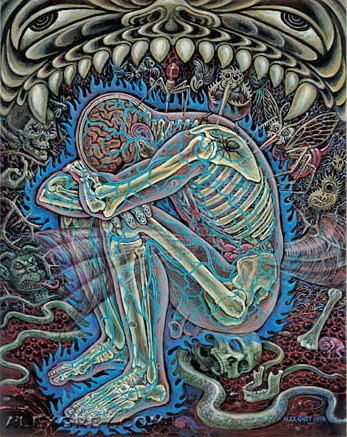
By Alex Grey
“At the slightest stress, people seem to divide themselves into antagonistic groups.” Isaac Asimov
I felt sick and exhausted again when I awoke this morning.
I feel ill, weak, and nauseated sitting on my bike.
Maybe I should just go back to bed.
Should I even try to ride right now?
What if I puke, if I’m too weak to ride back home, if I burn too many calories that can’t be replaced by merely attempting to eat while nauseated?
Will I ever feel good again?
Let It Go
When I realize I’m again looped in worry thoughts, I usually remember to “let it go” and focus on what I actually know: I’m a bad lad sitting on a sick bike, the secret trail is ahead, and my pain isn’t that much worse than usual. Stating this, the worry loop often weakens and I slowly become aware of the present, of resplendent trail and forest,


the brisk touch of wind on my skin, and the lively feel of my bike transporting me. Again, I recall that I can live only in the present, which I regard as the always current sum of my past, my personal history, one I hold close as calibrated compass and personal guide.
Q: So, what besides anxiolytic medicine can be used to reduce or minimize chronic stress?
A: Practicing Stress Fracturing ~
~ Meditation
Meditation practice works to instill calm hopefulness and well-being: it is a path to inner peace, fostering healthy self-dialogue and decreasing feelings of ill will toward self and others, but most importantly, it can decrease one’s suffering from stress and pain. Meditation also paves the way to a safe ‘place’ one can build and revisit.

By Alex Grey
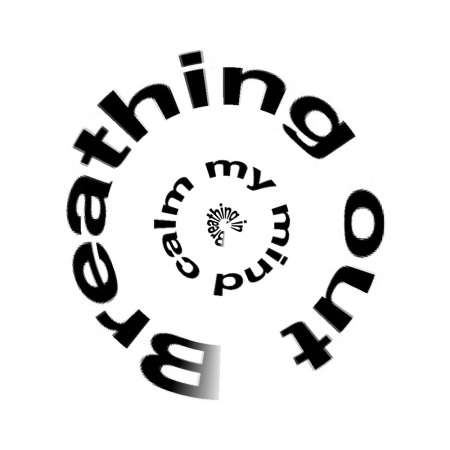
Recall something from the past that you regret or makes you sad. For me, losing my health and career makes me very sad. While minding such a memory, let go the memory as you think only of following your breath. With practice, commanding “let it go” will replace unpleasant, painful memories with what is actually in the present, like the gentle flow of your breath, sea mist on your skin, the call of a sea lion. Try to focus on the sad memory with your eyes closed, then “let it go” as you look out and focus on what comes immediately into your awareness: colors, sounds, smells, temperature, sensations, anything you sense in the present.
Think of an event or possible occurrence in the future that is stressful. My future stressor is worsening pain and health. Again, hold the stressful thought in mind and “let it go” as you shift your awareness to your breathing. Then, being aware of the breath, begin gentle In Out Breathing and settle into a peaceful, comfortable rhythm. When your mind starts to wonder or thoughts float back in, notice the wondering, the floating thoughts and let them go, returning your awareness to the rhythm of your breathing. By letting go of your thoughts of future stressors and replacing them with peaceful In Out Breathing in the present, you can realize a decrease in mental suffering, and possibly a decrease in physical suffering as well.
Since 2001, I’ve borrowed and adapted these practices from many teachers of mindfulness meditation and Buddhism. I intensified my study of meditation when I became ill in 2005, and continue to practice fracturing stress as it continues to fracture me, but with less tenacity and power as time goes by.
Breathing in I calm my body
Breathing out I smile
I adapted a version that works better for me:
Breathing in I calm my body
Breathing out I calm my mind
Or just:
In . . . Out . . .
Here are three of Thich Nhat Hanh’s straightforward exercises for fracturing stress:
1. Half-smile while listening to music, focusing on the rhythm, mood, and tones of the song. Follow your In Out breath and allow mind and body to relax in the melodious present.
2. Mindfulness over tea (coffee for me). While making tea, move deliberately to be mindful of each movement. Feel the weight of kettle and warmth of cup in your hands. Smell the fragrance with mindful In Out breathing, breathing more calmly and deeply when your mind wonders from the present.
3. Ask, “am I sure?” Hanh uses this question to inquire if each thought or action is a source of stress and suffering. “I’ll never get better. Am I sure?” “I can’t be productive anymore. Am I sure?” Asking am I sure promotes the letting go of presumptions and allows one to focus on the world as it is.
By using “let it go” practice and Thich Nhat Hanh’s mindfulness practices, I’ve reduced my stress markedly, which has improved, at least, my mental health. What happens mentally is that these practices allow me to hold stress thoughts more lightly and to shorten the wait for them to pass on through. Over time, mindfulness skills can become second-nature and easier to summon when needed. There was a period of a few years when my physical pain was too big an obstacle for unaided meditation. The remedy was listening to guided mindfulness meditations and body scans, which gave my mind something passive to do: just allowing the guide’s voice to fill my mind instead of mentally working against pain to focus on thoughts or body sensations. Through the many recorded guided meditations, I’ve refined my practice of mindfulness meditation and the body scan, an excellent mindfulness stress reducer (and a subject requiring its own post).
Recently, I had a chance to thoroughly test this updated practice of Let It Go. I went to get lenses for my reading glasses after an eye exam a few weeks before. I was feeling ill, and the 25 minute car ride didn’t help my nausea. After 15 minutes in the waiting room, I was eventually told that I needed a prescription from the eye doctor for the lenses. A flood of bitterness about the doctor omitting the required prescription weeks earlier from my previous exam and irritation over having to return for another exam on another day had my head and body swimming in stress. I sat down, closed my eyes, took a few In Out breaths and deliberately thought, “let it go” several times. The words triggered my awareness to focus on the present and calmly sift out the grievances and aggravation enough to think of asking if I could be examined for the prescription now to save further delay and another difficult trip. While the nurse worked on getting a walk-in appointment with any of the 8 staff physicians, I maintained my let it go focus while looking at interesting glasses,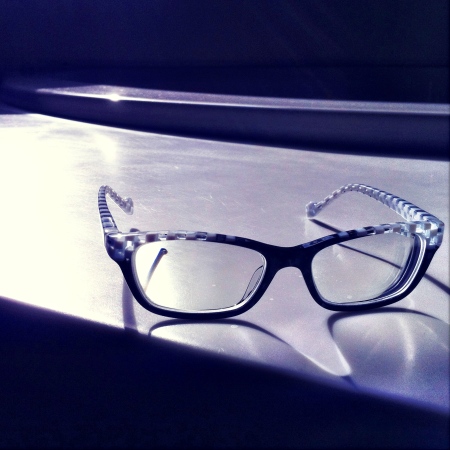

I know that stressful thoughts can’t be eliminated and will return, but I also know that suffering them can be relieved somewhat by returning my awareness to the present if I let it go. I also know that stress is information, a lightening quick barometer of my thoughts as emotions and sensations, and a glacial undercurrent of my worn worry loops.
Weather varies, climate holds steady. I’m off to study climate and ignore the weatherman.
